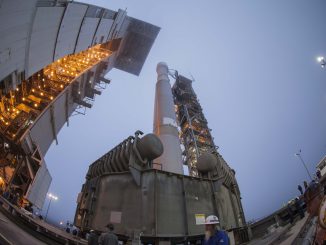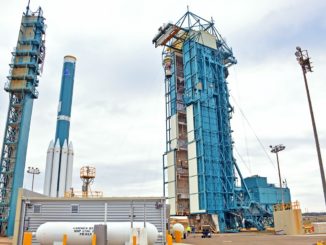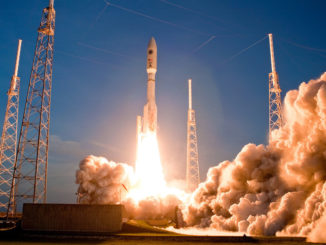A clandestine satellite owned by the National Reconnaissance Office has been raised atop its United Launch Alliance Delta 4 rocket at Vandenberg Air Force Base, California, for liftoff Jan. 10.
Already encapsulated inside the Delta 4’s payload fairing, the spacecraft was recently transferred from a nearby processing facility and hoisted by a crane inside the mobile gantry at Space Launch Complex 6 nestled between hills and the Pacific Ocean near the southern edge of the military base on California’s Central Coast.
Ground crews deftly guided the payload atop the Delta 4’s second stage and completed its attachment to cap assembly of the 217-foot-tall (66-meter) rocket.
The mission for the NRO, the U.S. government’s spy satellite agency, is known by the codename NROL-47.
The Delta 4 is expected to loft a radar surveillance satellite to gather all-weather, day-and-night imagery for analysis by U.S. intelligence agencies.
The rocket slated for launch Jan. 10 will use the Delta 4’s “5,2” configuration five-meter-diameter payload fairing and two solid rocket boosters attached on each side of the hydrogen-fueled first stage. That version of the Delta 4 has flown only twice before, and analysts who track space activities believe both launches — in 2012 and 2016 — hauled so-called Topaz radar reconnaissance satellites into orbit.
The flight was pushed back from Dec. 10 to complete software validation on a new common avionics system designed to fly on ULA’s Delta 4 and Atlas 5 rockets. The upcoming mission will be the first time the common avionics suite has flown on a Delta 4.
It will be the last launch of a medium-lift, single-core version of the Delta 4 rocket from Vandenberg Air Force Base. ULA is retiring the “single-stick” Delta 4 family in favor of the less expensive Atlas 5, before eventually replacing both rockets with the next-generation Vulcan launcher.
Two more single-core Delta 4s are slated to launch from Cape Canaveral.
The heavy-lift version of the Delta 4, comprising three of the rocket’s first stages bolted together, will remain in service through at least the early 2020s to deploy the NRO’s most massive satellites. Those payloads weigh too much for the Atlas 5 or SpaceX’s Falcon 9 rocket, the two other launch vehicles currently certified to haul costly U.S. military and intelligence-gathering satellites into orbit.
Photos of the NROL-47 payload’s arrival at Space Launch Complex 6 and attachment to the Delta 4 rocket are posted below.
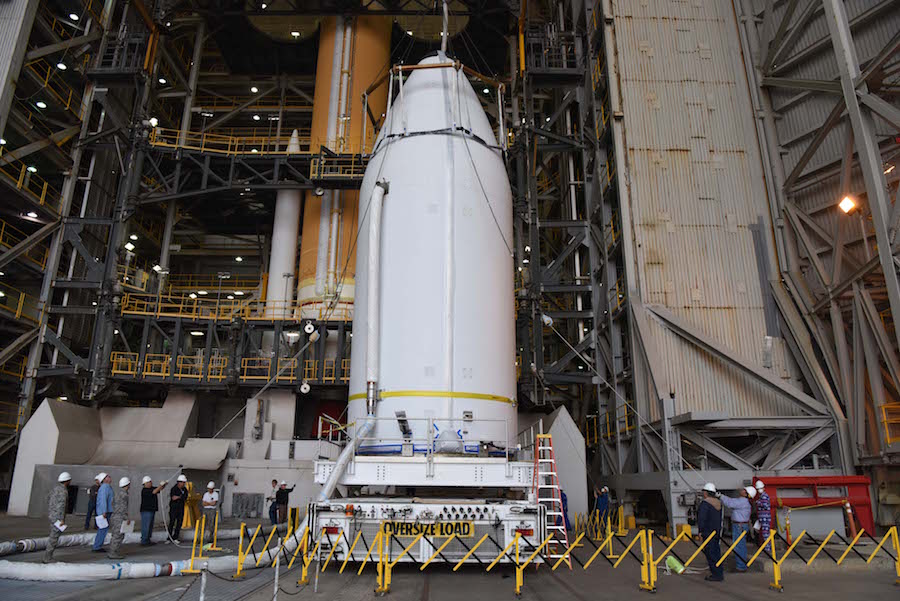
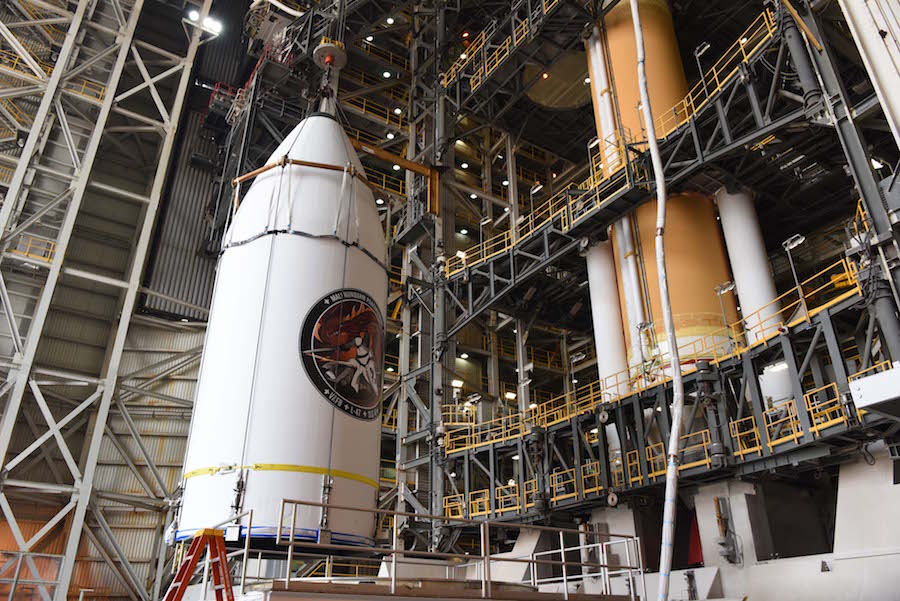
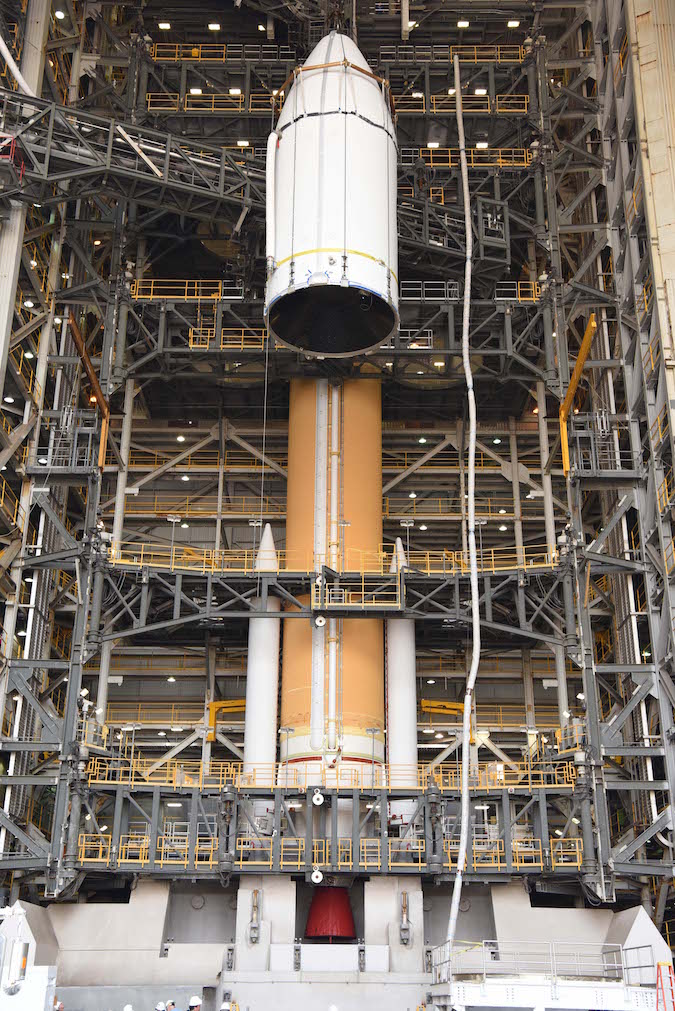
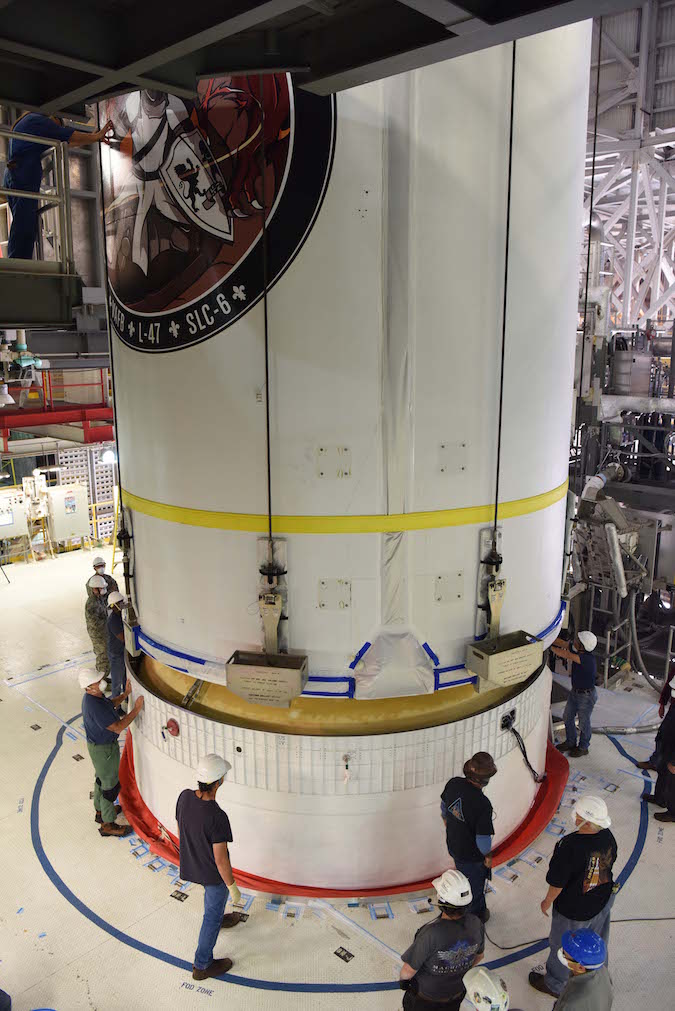
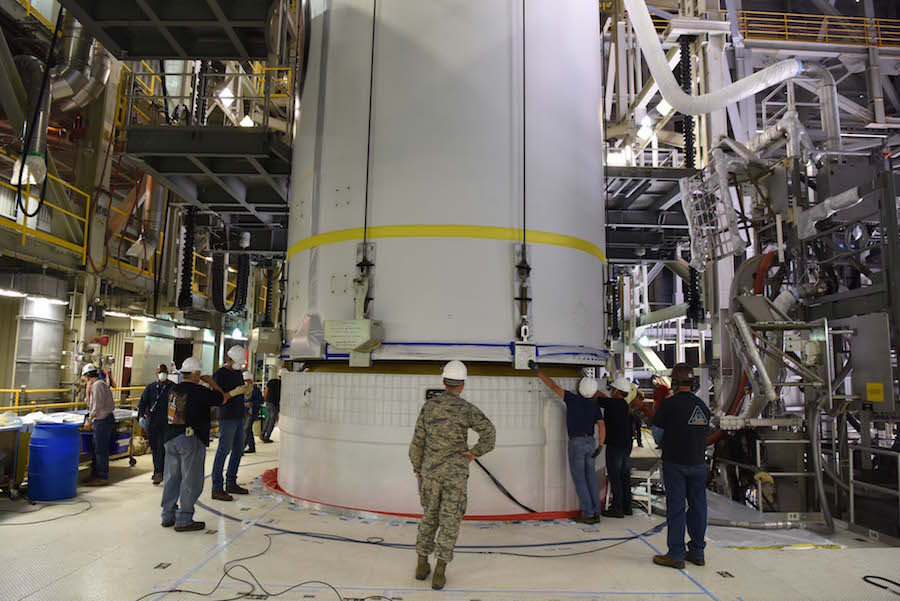
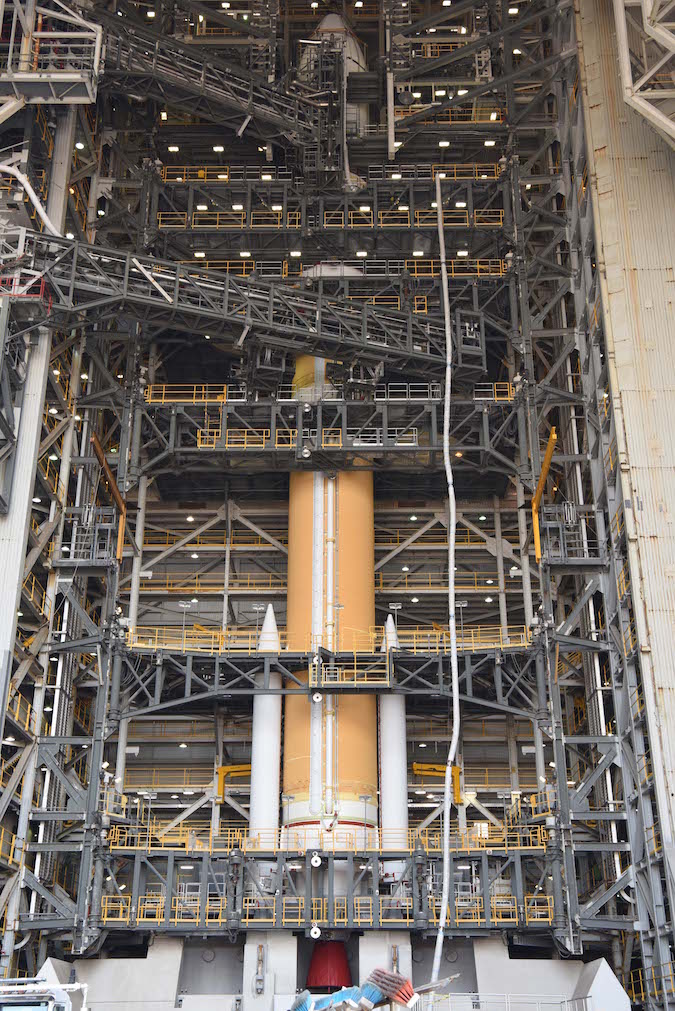
Email the author.
Follow Stephen Clark on Twitter: @StephenClark1.

